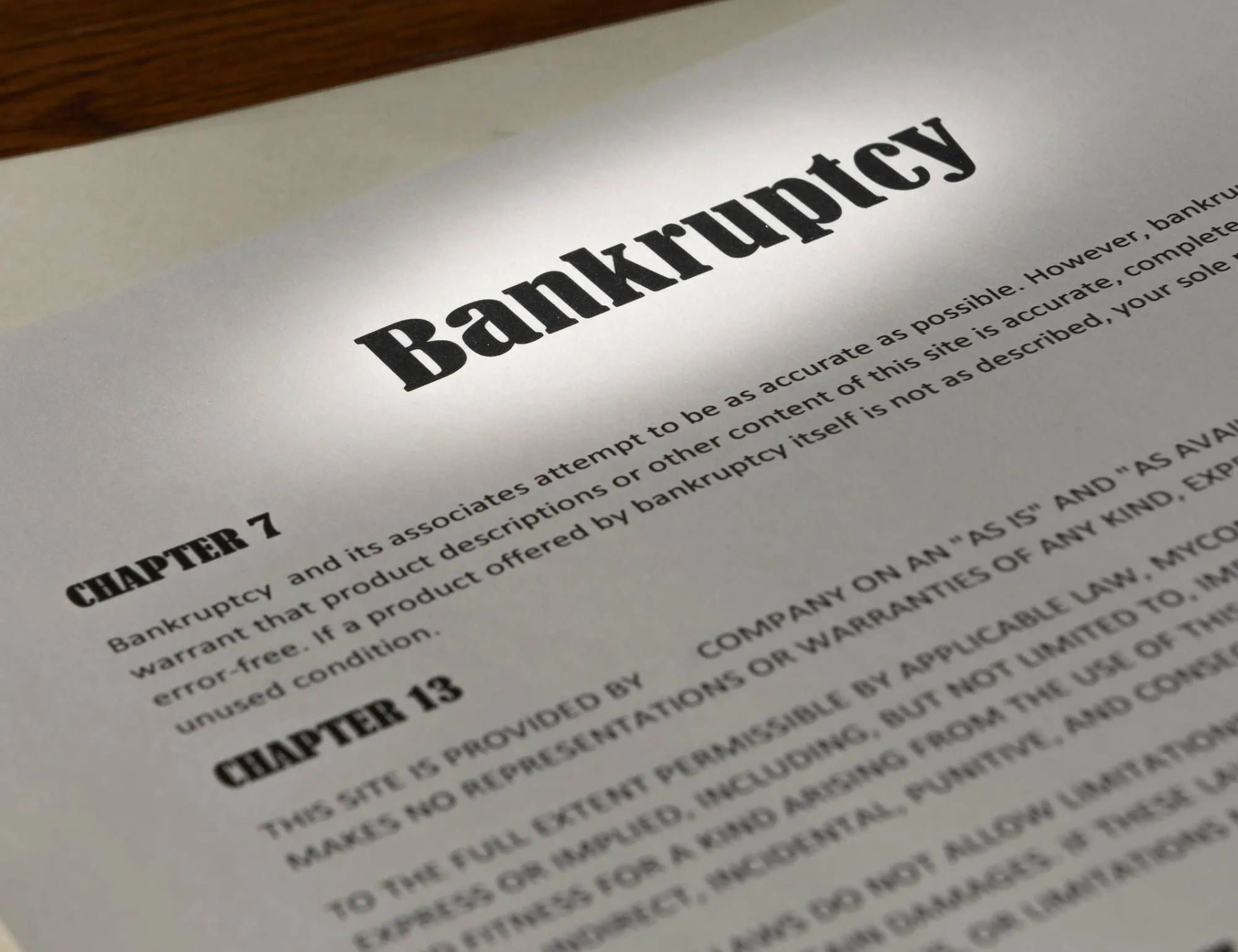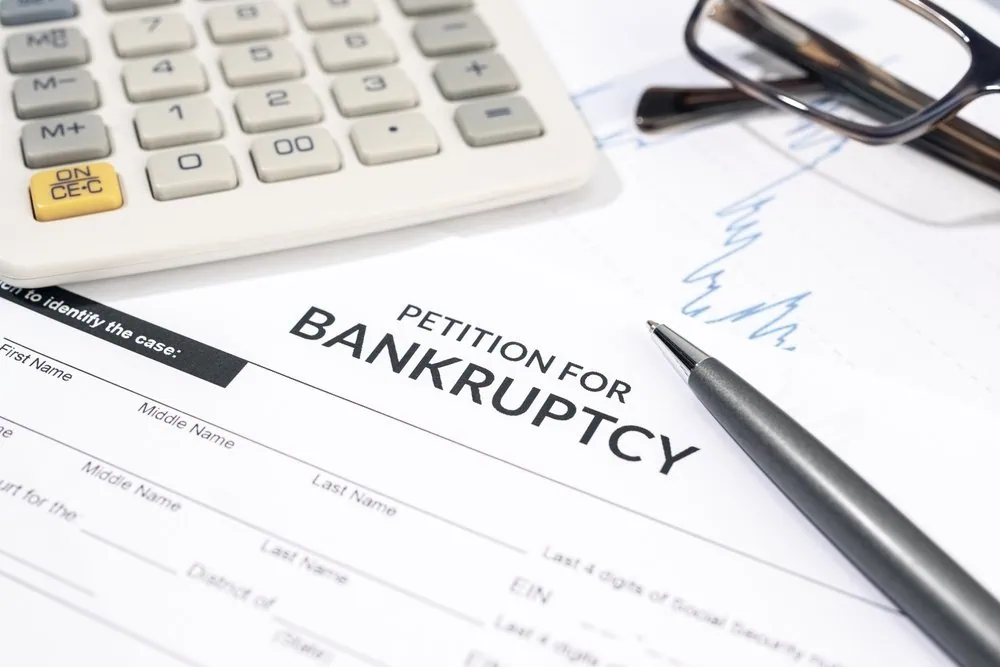
The plaintiff’s first and second causes of action for foreclosure and a deficiency judgment, respectively, must fail since foreclosure of a mortgage may not be brought by one who has no title to it and absent transfer of the debt, the assignment of the mortgage is a nullity (Merritt v Bartholick, 36 N.Y. 44, 45; Flyer v Sullivan, 284 App Div 697, 698; Beak v Walts, 266 App Div 900; Manne v Carlson, 49 App Div 276, 278).
.Moreover, we find that the written agreement and assignment between the parties were clear and unambiguous. They indicate that no delivery of the underlying obligation was intended, and they were entered into by sophisticated, counseled businessmen (see, Chimart Assocs. v Paul, 66 N.Y.2d 570, 573; Nau v Vulcan Rail & Constr. Co., 286 N.Y. 188, 198-199, rearg denied 287 N.Y. 630). As a result, the plaintiff’s third cause of action, for specific performance, must fail.
If the plaintiff is a valid owner or assigner, like any other type of legal action, a lender initiates a foreclosure case by filing a complaint with the appropriate court. The borrower will then be served with a copy of the complaint, along with two other documents called a summons and notice of lis pendens. New York Real Property Actions and Proceedings Law (RPAPL) § 1303 also requires that lenders include a notice called “Help for Homeowners” with a summons and complaints in any residential foreclosure involving a dwelling for one to four families, as well as notice to tenants of such dwellings. This notice should provide clear information about the situation, including:
You are in danger of losing your home. If you fail to respond to the summons and complaint in this foreclosure action, you may lose your home. Please read the summons and complaint carefully. You should immediately contact an attorney or your local legal aid office to obtain advice on how to protect yourself.
If you receive these documents and ignore them, it will not stop the foreclosure from proceeding. Instead, in most cases, it will allow the lender to obtain a default judgment of foreclosure without having to address any challenges or defenses from you. For this reason, you should never fail to answer a complaint and summons.
Knowing whether a complaint and summons meet all the requirements for a valid foreclosure action can be difficult, as New York foreclosure laws are complicated. As soon as you receive these documents, your first call should be to an experienced foreclosure defense lawyer who can evaluate your situations and options.
- Foreclosure Complaints
- Summons
- Notice of Lis Pendens
- Answering a Complaint and Summons
- Consult Our Suffolk County Foreclosure Defense Lawyers Today
Foreclosure Complaints

- The identity of the plaintiff (the lender)
- A description of the promissory note and the date the borrower signed the note
- A description of the mortgage that secured the note and how the mortgage was assigned
- The property the lender seeks to foreclose
- The default and balance due, including principal, interest, taxes, late fees, and more
- The identity of all defendants, which include the mortgage borrower, but also could include possible lienholders, tenants, and more
The complaint must also include a statement that the lender complied with RPAPL § 1304 and RPAPL § 1306 by providing the proper 90-day pre-foreclosure notices to the borrowers, as well as filing proof of the notice with the New York Superintendent of Financial Services within three days of mailing the notice.
Finally, the complaint will state the legal relief the lender seeks, which will be a judgment to foreclose on the property. Relief can include the right to put the property up for sale and use the proceeds toward the mortgage debt, as well as a deficiency judgment if the proceeds are insufficient to cover the debt.
The complaint should be supplemented with exhibits, some of which New York law requires. For example, New York’s “Produce the Note” law, CPLR 3012-B, went into effect on August 30, 2013, and requires that the plaintiff in a foreclosure case produce certain documents to prove the mortgagee has the proper standing to seek a foreclosure at the very start of the case. The law states:
- 3012-b. Certificate of merit in certain residential foreclosure actions. (a) In any residential foreclosure action involving a home loan, as such term is defined in section thirteen hundred four of the real property actions and proceedings law, in which the defendant is a resident of the property which is subject to foreclosure, the complaint shall be accompanied by a certificate, signed by the attorney for the plaintiff, certifying that the attorney has reviewed the facts of the case and that, based on consultation with representatives of the plaintiff identified in the certificate and the attorney’s review of pertinent documents, including the mortgage, security agreement and note or bond underlying the mortgage executed by defendant and all instruments of assignment, if any, and any other instrument of indebtedness including any modification, extension, and consolidation to the best of such attorney’s knowledge, information and belief there is a reasonable basis for the commencement of such action and that the plaintiff is currently the creditor entitled to enforce rights under such documents. If not attached to the summons and complaint in the action, a copy of the mortgage, security agreement and note or bond underlying the mortgage executed by defendant and all instruments of assignment, if any, and any other instrument of indebtedness including any modification, extension, and consolidation shall be attached to the certificate.
Prior to this law, plaintiffs would drag their feet producing the required documents (often because they could not do so), and the foreclosure timelines became longer and longer. Instead of waiting for a defendant to challenge standing, the law now requires plaintiffs to include the following documents with an initial complaint:
- The promissory note
- The mortgage
- Any agreements for loan modifications
- All assignments
The law requires the attorney for the plaintiff to sign and submit a certificate of merit assuring the court they have reviewed all documents and reasonably believe the plaintiff has the right to bring the foreclosure action. The statute does allow for “a single certificate [to] be filed for each action even if more than one defendant has been named in the complaint or is subsequently named.” In addition, if a lender does not have the original documents, New York law CPLR R4539 allows them to submit acceptable reproductions. Specifically, anything that “accurately reproduces or forms a durable medium for reproducing the original, such reproduction, when satisfactorily identified, is as admissible in evidence as the original, whether the original is in existence or not.” There are many cases, such as Goldman Sachs Mortgage Co. v. Mares or Bank of NY Mellon v. McClintock in which New York courts have scrutinized whether standing is established based on documents provided on a case-by-case basis.
Summons

Under RPAPL § 1320, the summons for private residential cases in New York must also include special notice that the defendant will be in danger of losing their home if they do not respond to the summons and complaint.
Notice of Lis Pendens
Lis pendens simply means that a suit is pending in Latin. Also called a notice of pendency, this notice gets recorded in the records of the county where the lender filed the foreclosure and gives notice to the public that the property is the subject of a pending lawsuit. This can be a simple statement including the description of the property and the fact that the lender initiated the action, and usually constitutes one or two pages of the documents delivered to defendants. This expires after three years and then needs to be renewed by the lender.
Answering a Complaint and Summons

Consult Our Suffolk County Foreclosure Defense Lawyers Today






